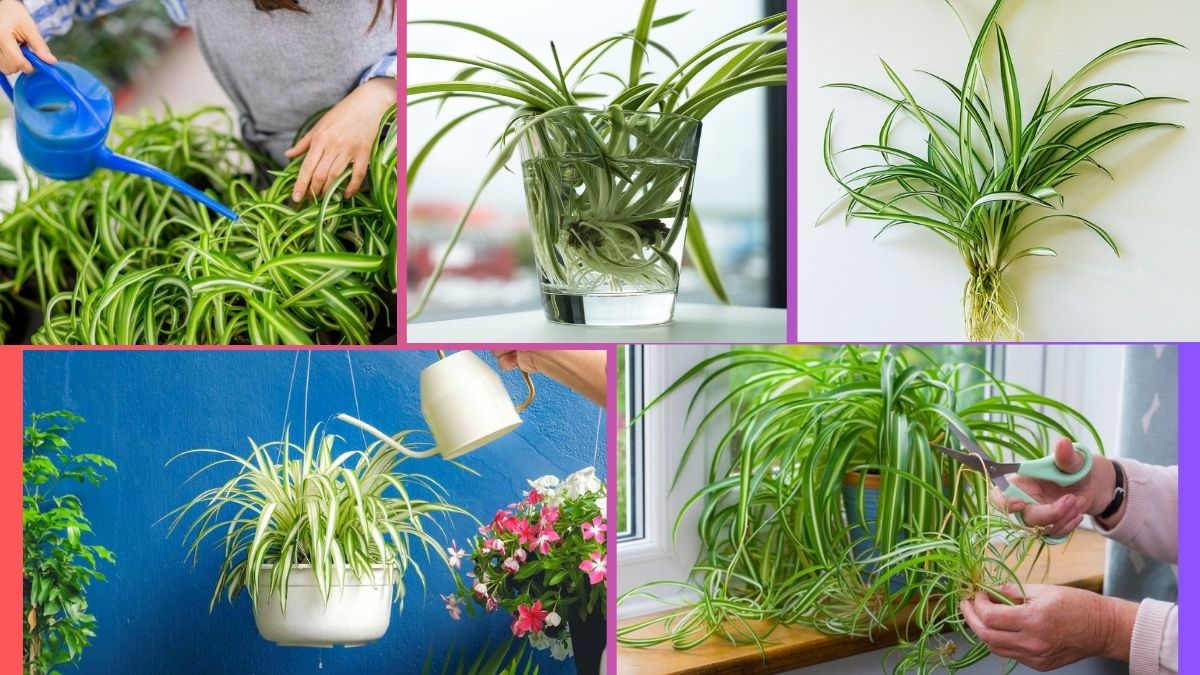The Spider Plant (Chlorophytum comosum) is one of the most beloved and versatile houseplants around the world. Known for its graceful, arching green leaves with white or yellow stripes and its cascading offshoots or “spiderettes,” this plant is not only beautiful but also highly adaptable and easy to care for.
Though it’s often recommended for beginners, one of the key aspects of Spider Plant care involves understanding how often to water it. Improper watering — either too much or too little — can quickly affect the plant’s health and appearance.
In this detailed guide, we’ll cover everything you need to know about how often you should water a Spider Plant, the factors that influence its watering needs, signs of overwatering and underwatering, ideal watering techniques, and other care essentials.
Introduction to Spider Plants
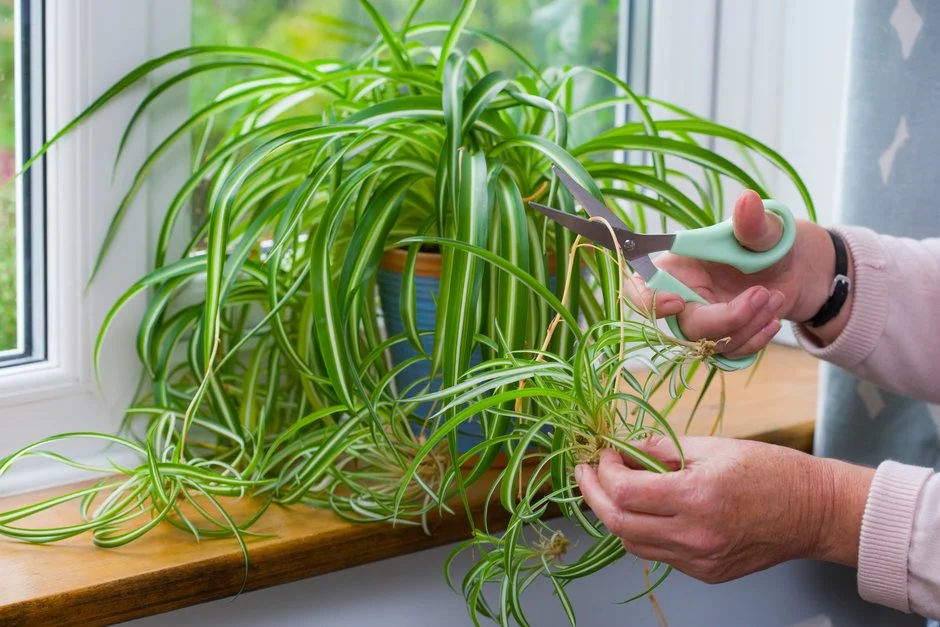
Native to tropical and southern Africa, Spider Plants have found homes in every corner of the globe thanks to their resilience and air-purifying properties. They’re particularly loved for their ability to tolerate a wide range of indoor conditions while producing charming baby plants that can be easily propagated.
Although they’re hardy by nature, maintaining a good watering schedule is crucial for keeping them lush, healthy, and free of brown leaf tips — a common issue related to watering mistakes.
How Often Should You Water a Spider Plant?
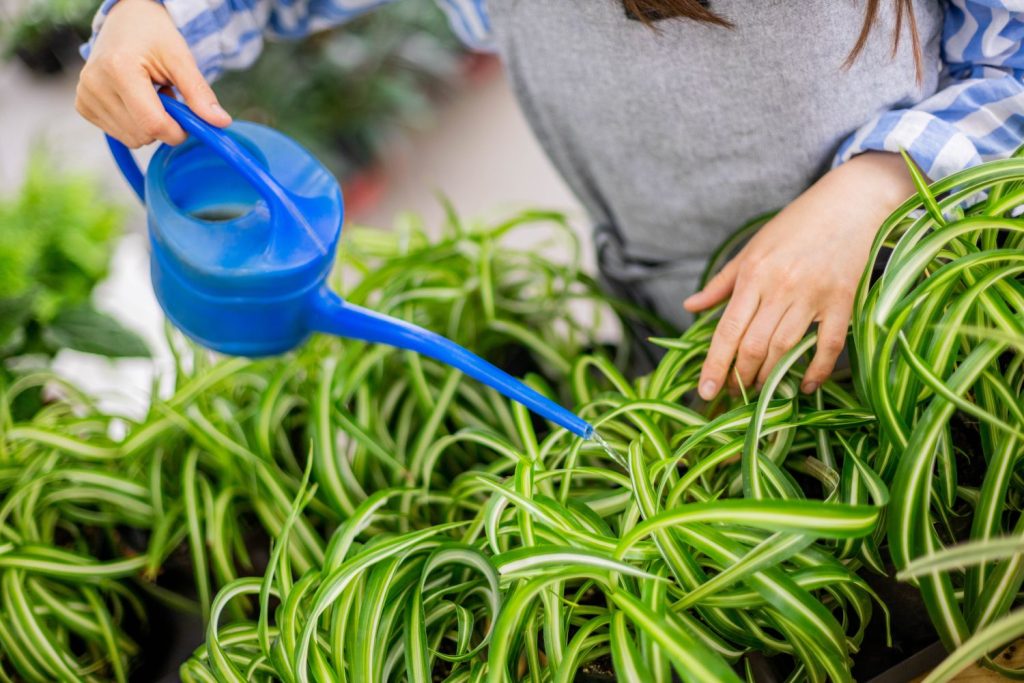
On average, you should water a Spider Plant once a week. However, this can vary depending on the plant’s environment and the season.
General Watering Rule:
- Spring & Summer (active growing season): Every 5–7 days
- Fall & Winter (dormant period): Every 10–14 days
Important: Always check the soil’s moisture before watering. Spider Plants prefer slightly moist but never soggy soil.
Factors That Affect Spider Plant Watering Frequency
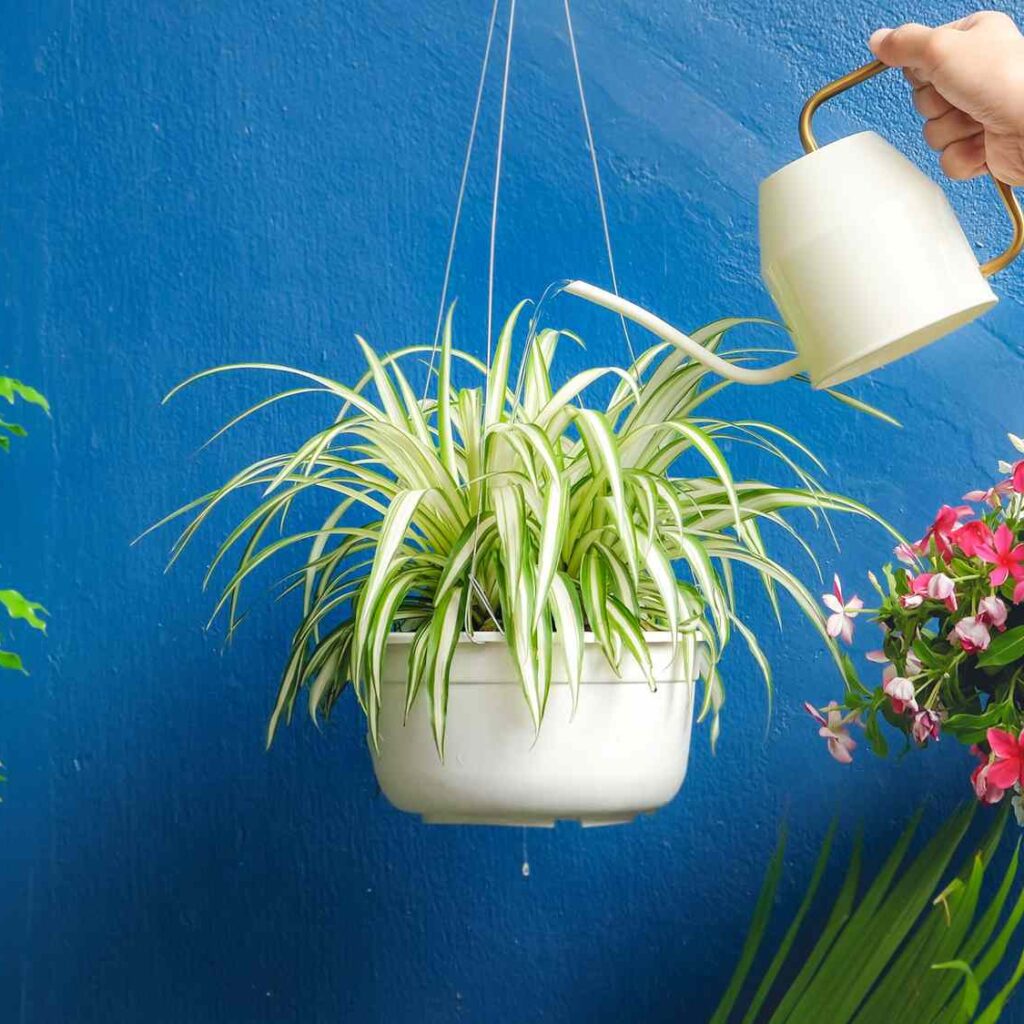
To determine the optimal watering schedule for your Spider Plant, consider these influencing factors:
Season and Temperature
- Warmer months (spring and summer): The plant grows rapidly, and the soil dries out faster.
- Cooler months (fall and winter): Growth slows down, and water evaporates more slowly.
Indoor Climate and Humidity
Spider Plants prefer moderate to high humidity (around 50–70%). In dry, air-conditioned, or centrally heated indoor environments, soil can dry out faster, requiring more frequent watering.
Pot Size and Material
- Small pots dry out quicker than larger pots.
- Clay or terracotta pots absorb moisture and dry faster than plastic or glazed ceramic pots.
Light Exposure
Spider Plants thrive in bright, indirect sunlight. Increased light intensity speeds up evaporation, meaning you may need to water more often. In lower-light settings, watering needs decrease.
Soil Type
Well-draining potting soil helps prevent water retention issues. A mix of peat, perlite, and compost ensures good drainage while retaining enough moisture for healthy growth.
Signs Your Spider Plant Needs Watering

Spider Plants are excellent at signaling their needs. Look out for these indicators that your plant is thirsty:
Dry Soil
Check the top 1–2 inches of soil with your finger. If it feels dry, it’s time to water.
Wilting or Drooping Leaves
Leaves may start to droop or curl inward when moisture is lacking.
Crisp or Brown Leaf Tips
While brown tips can also result from low humidity or mineral build-up, dehydration is a common cause.
Slowed Growth
A dehydrated plant may grow more slowly, producing fewer offshoots.
Signs of Overwatering a Spider Plant
Overwatering can be more detrimental than underwatering. Keep an eye out for these signs:
Yellowing Leaves
Widespread yellowing indicates root distress from too much water.
Mushy, Soft Stems
A symptom of root rot developing from constant wet soil.
Foul Odor from Soil
An unpleasant smell indicates decaying roots due to excess moisture.
Mold or Algae on Soil Surface
This suggests consistently wet conditions and poor drainage.
How to Properly Water a Spider Plant
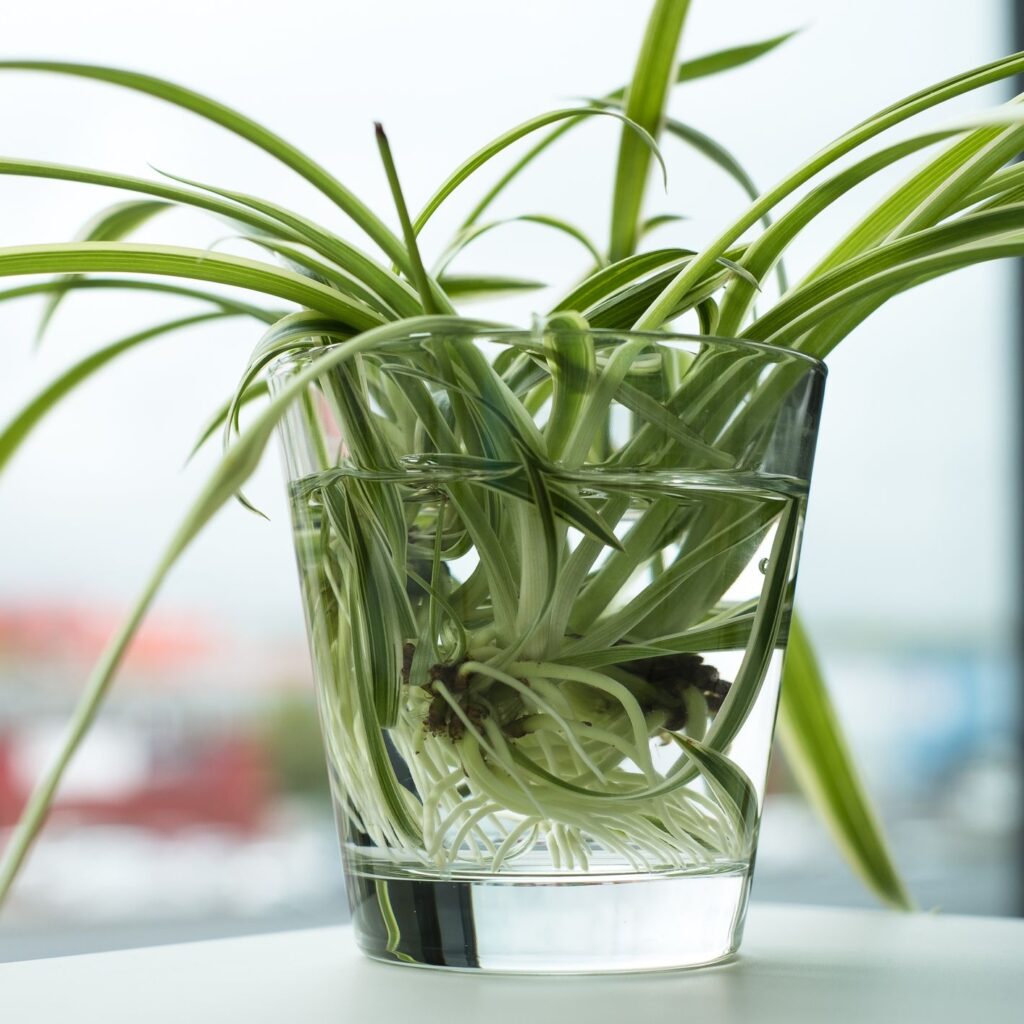
Getting the watering technique right is just as important as frequency. Follow these simple guidelines:
Use the “Soak and Dry” Method
- Water the plant thoroughly until water drains out of the pot’s bottom.
- Let the soil dry out to about 1–2 inches deep before watering again.
Tip: Avoid letting the plant sit in standing water in the saucer.
Use Room-Temperature Water
Cold water can shock the plant’s roots. Use room-temperature filtered, distilled, or rainwater for best results.
Flush the Soil Occasionally
To prevent salt and mineral buildup, especially if using tap water, flush the soil with clean water every 4–6 weeks.
How to Adjust Watering Based on Seasons
Here’s a practical seasonal watering guide for your Spider Plant:
| Season | Frequency | Notes |
|---|---|---|
| Spring/Summer | Every 5–7 days | Monitor humidity and temperature changes. |
| Fall/Winter | Every 10–14 days | Reduce watering as growth slows. |
Best Type of Water for Spider Plants
Spider Plants are sensitive to chemicals in tap water, particularly fluoride and chlorine, which cause brown leaf tips.
Ideal Water Choices:
- Filtered water
- Distilled water
- Rainwater
- Tap water left to stand for 24 hours
Additional Spider Plant Care Tips
While watering is critical, consider these additional care practices for optimal health:
- Light: Bright, indirect sunlight is ideal. Avoid direct sun, which can scorch the leaves.
- Humidity: Maintain 50–70% humidity. Mist leaves occasionally in dry environments.
- Soil: Use a well-draining, loose potting mix.
- Fertilizing: Feed every 4–6 weeks during growing months with a balanced liquid fertilizer.
- Repotting: Repot every 1–2 years or when roots outgrow the pot.
Why It’s Better to Underwater Than Overwater
Spider Plants store some water in their thick roots, making them somewhat drought-tolerant. They recover faster from occasional underwatering than from being overwatered, which can quickly lead to root rot.
It’s always safer to let the soil dry out a bit rather than keeping it constantly wet.
Conclusion
How often should you water a Spider Plant? The easy answer is once a week during active growth and every 10–14 days in winter. However, it’s essential to check soil moisture, observe your plant’s condition, and adjust your watering schedule according to environmental factors like light, temperature, and humidity.
By understanding the plant’s natural rhythms and watering needs, you’ll ensure your Spider Plant remains lush, vibrant, and free of stress. Remember — when in doubt, it’s better to skip a day than risk overwatering. With the right balance, your Spider Plant will reward you with a cascade of green foliage and charming baby spiderettes for years to come.
